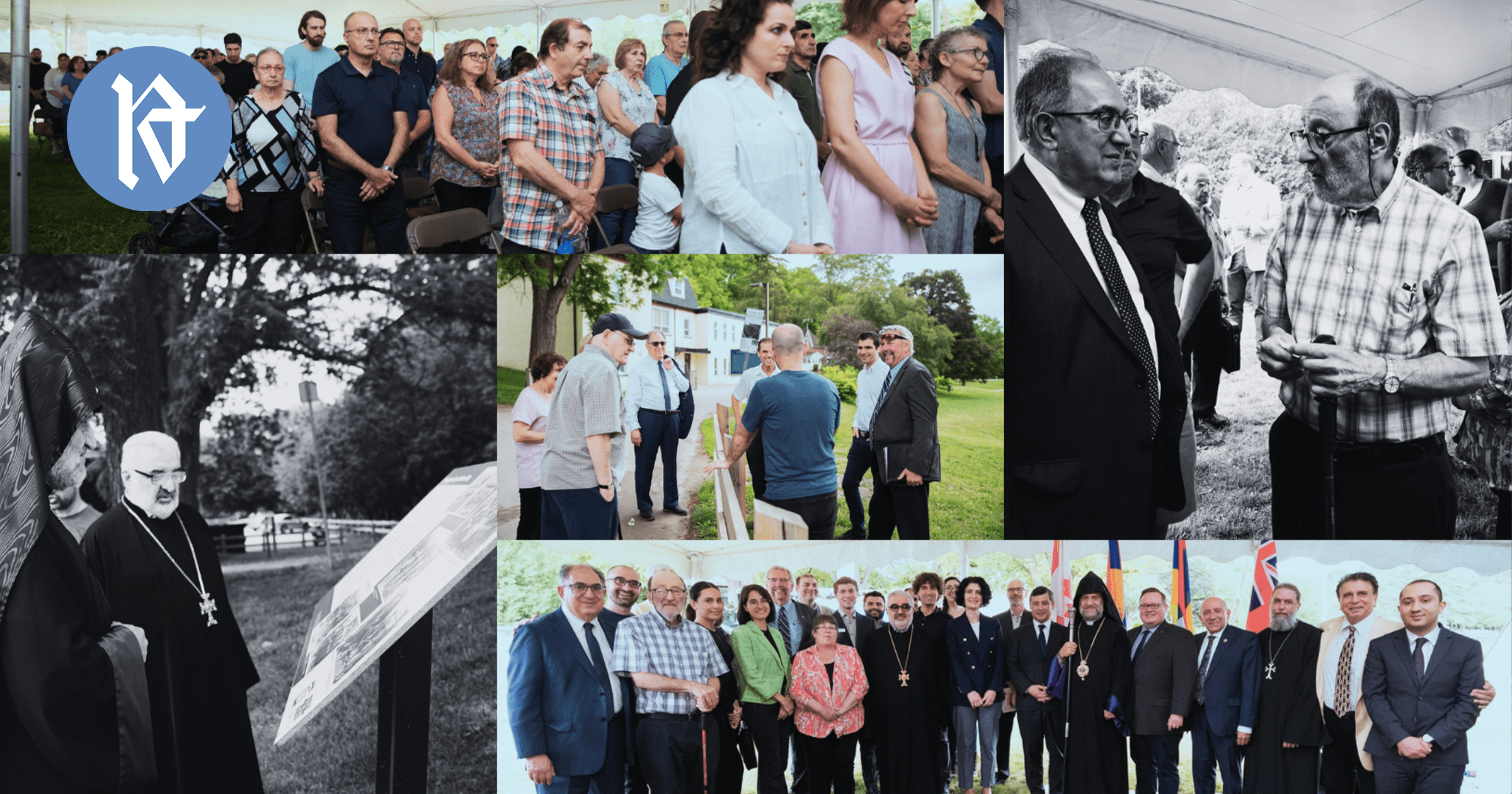Descendants, dignitaries, and community organizations join in celebrating a historic humanitarian act and reflecting on the enduring legacy of the Georgetown Boys
Georgetown, Ontario—On Saturday, June 24, Armenian Canadians from Southern Ontario and members of the local Halton Hills community gathered at Cedarvale Park in Georgetown to commemorate the 100th anniversary of the arrival of the Georgetown Boys. The event, organized by the Sara Corning Centre for Genocide Education in partnership with Heritage Halton Hills and the Halton Hills Town Council, drew descendants of the Boys and various dignitaries from all levels of government.
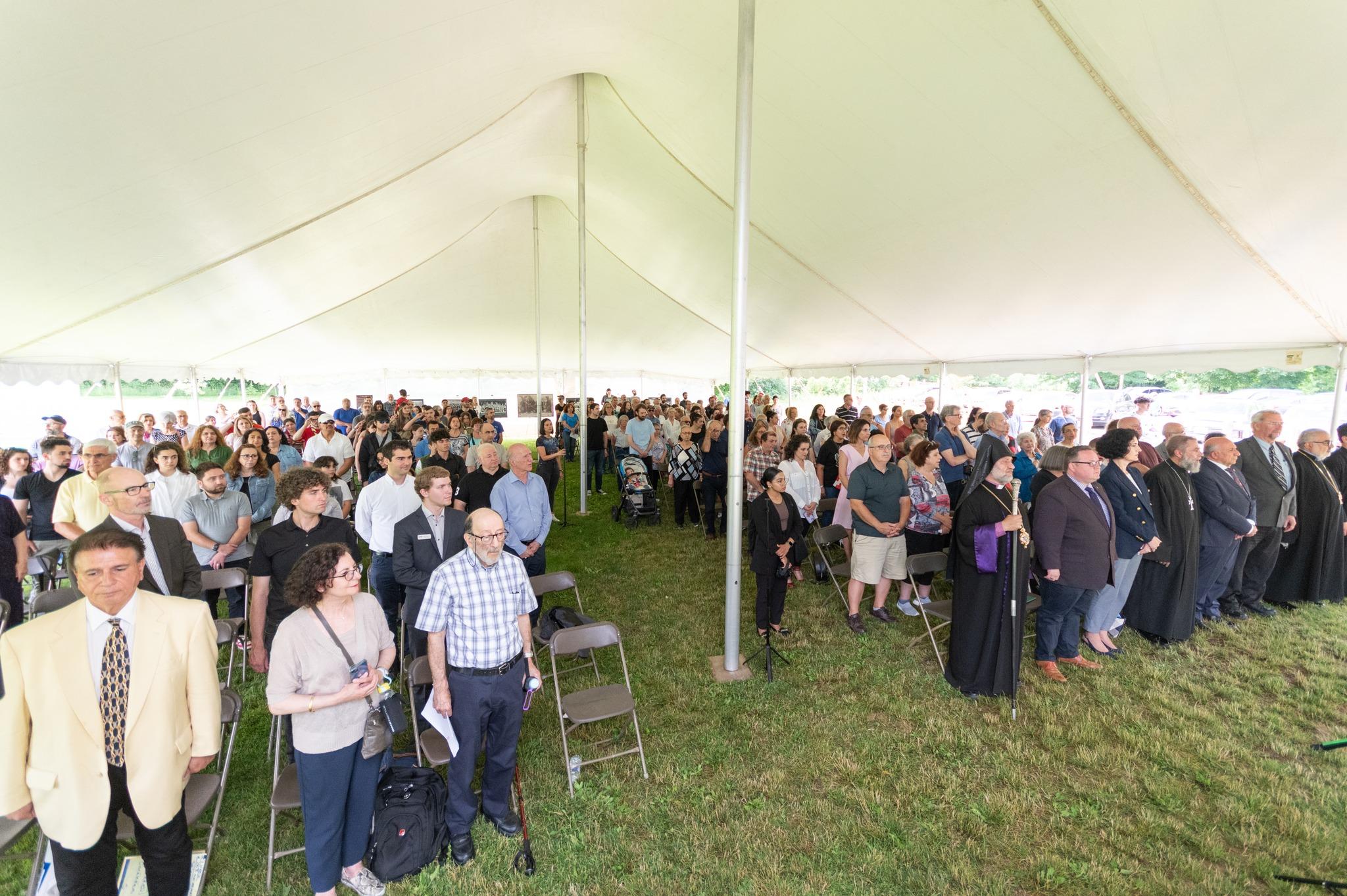
A century ago, on July 1st, 1923, Georgetown welcomed a group of 50 Armenian orphans who had survived the Armenian Genocide. Over time, their numbers grew to 150, and they became known as the Georgetown Armenian Boys. Many descendants of the Georgetown Boys attended the anniversary celebration, honoring their ancestors’ remarkable journey.
Under a tent set up on the very field where the Boys lived and worked, more than 300 attendees gathered to pay tribute to this historic humanitarian act. Dignitaries present at the event included Her Excellency Ms. Anahit Harutunyan, Ambassador of the Republic of Armenia to Canada; Bryan May, Member of Parliament for Cambridge, Parliamentary Secretary to the Minister of National Defence, and co-chair of the Canada-Armenia Parliamentary Friendship Group; Michael Chong, Member of Parliament for Wellington-Halton Hills and Conservative Party of Canada Shadow Minister of Foreign Affairs; Aris Babikian, Member of Provincial Parliament for Scarborough-Agincourt; and Acting Mayor of Halton Hills, Bob Inglis, among others. Religious and community leaders from the Armenian communities of Toronto and Mississauga, including Prelate Archbishop Papken Tcharian, and Revered Fathers Datev Mikayelian and Myron Sarkissian were present at the commemorative event.
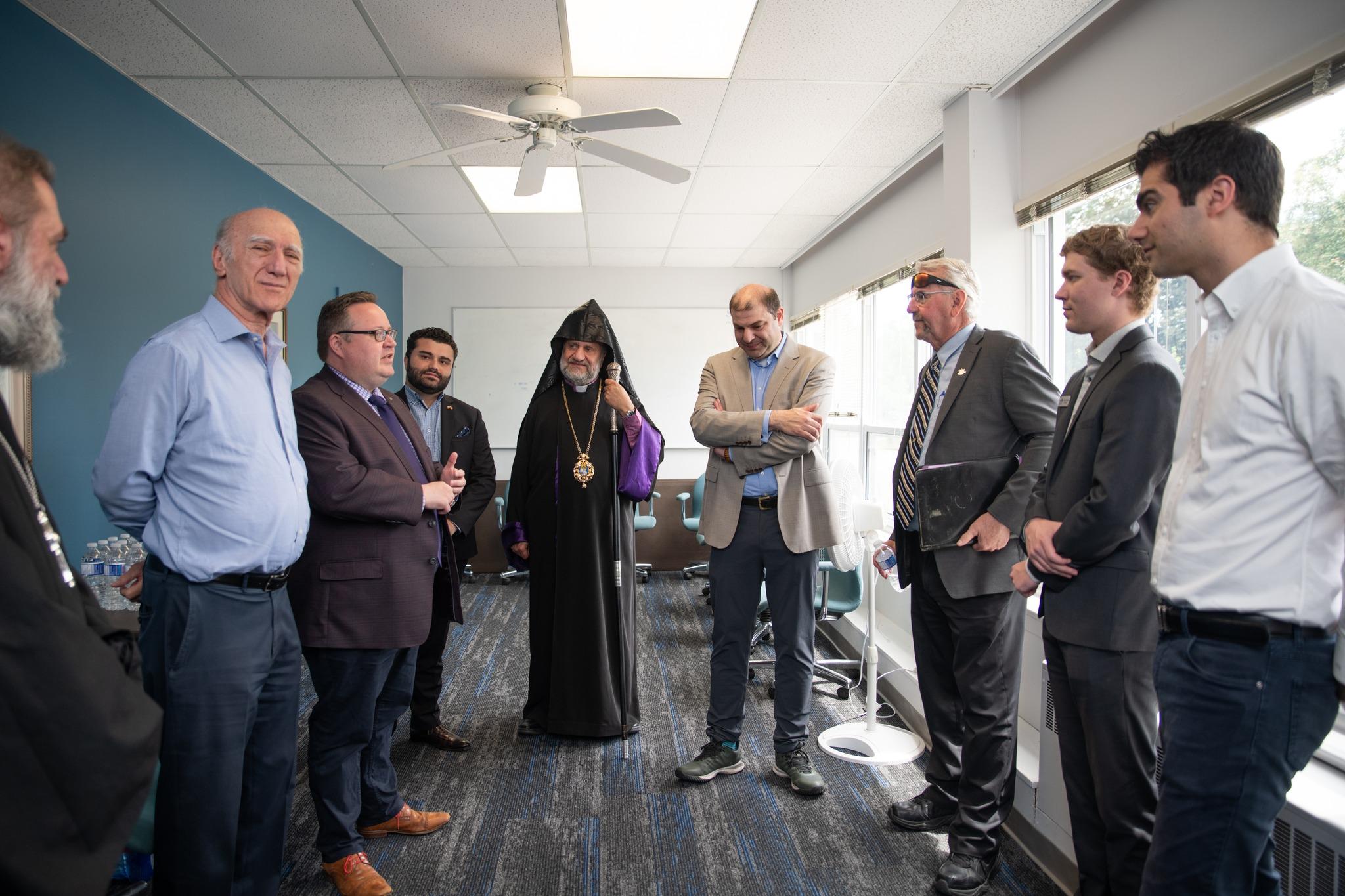
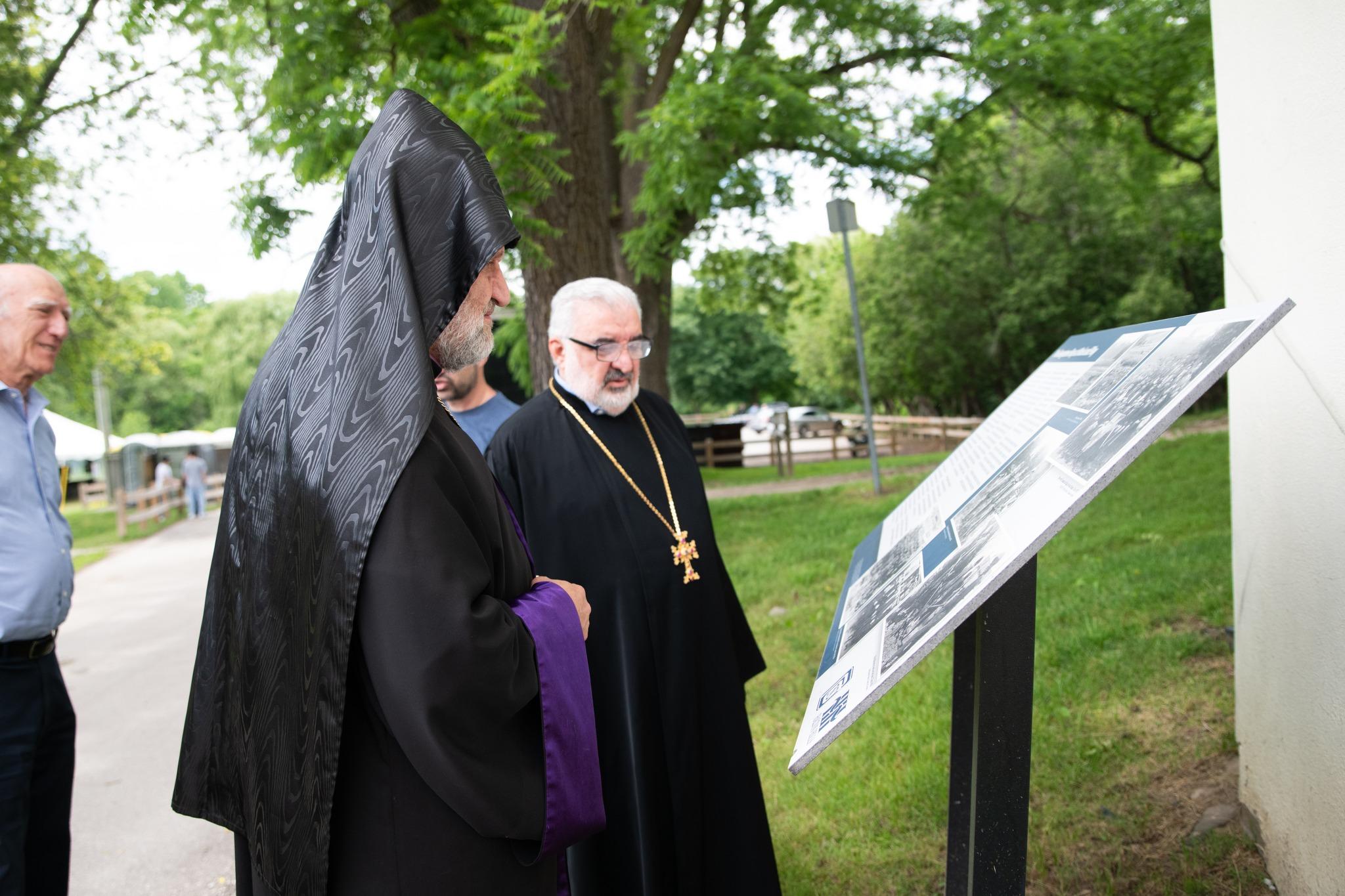
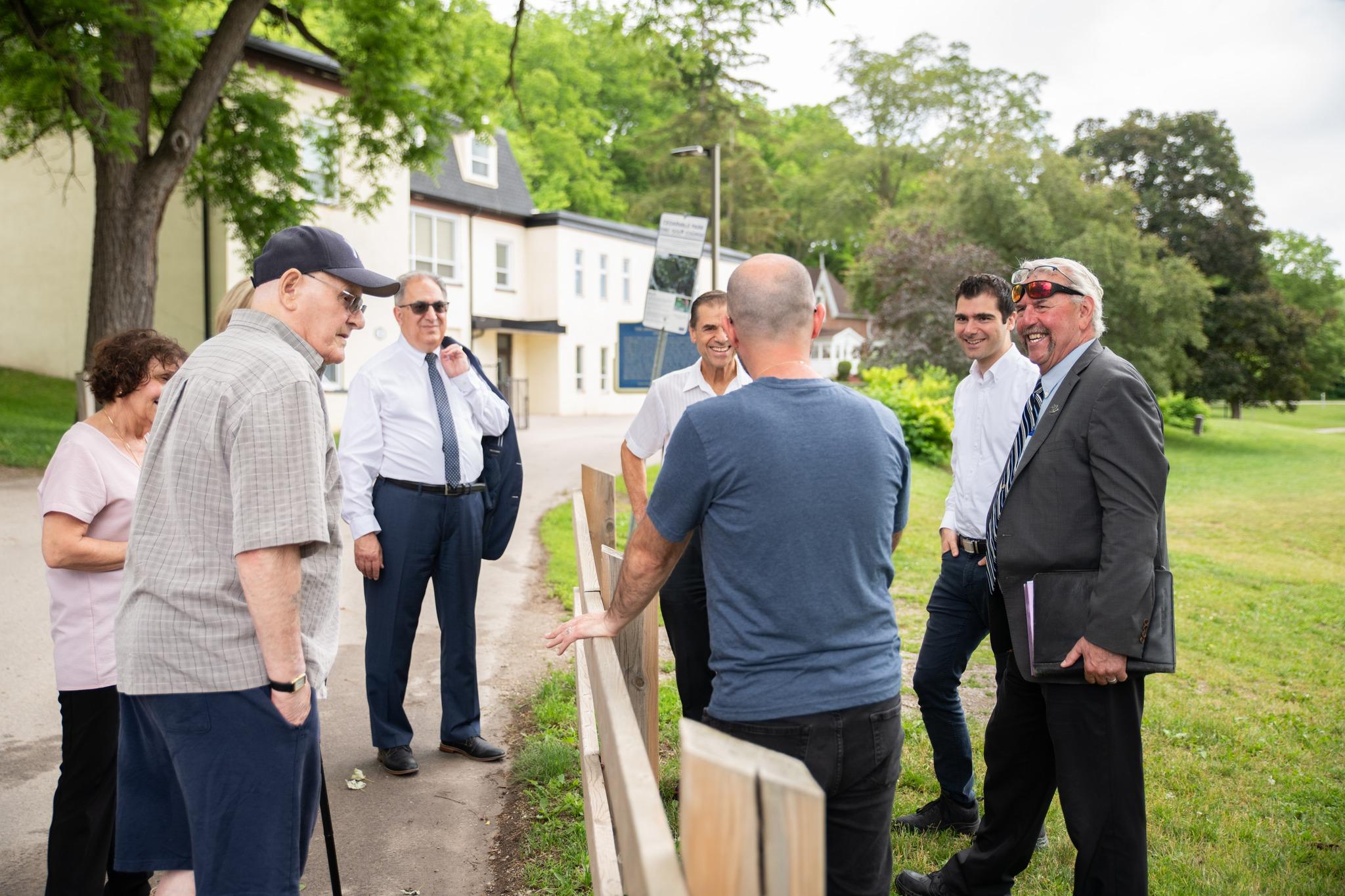
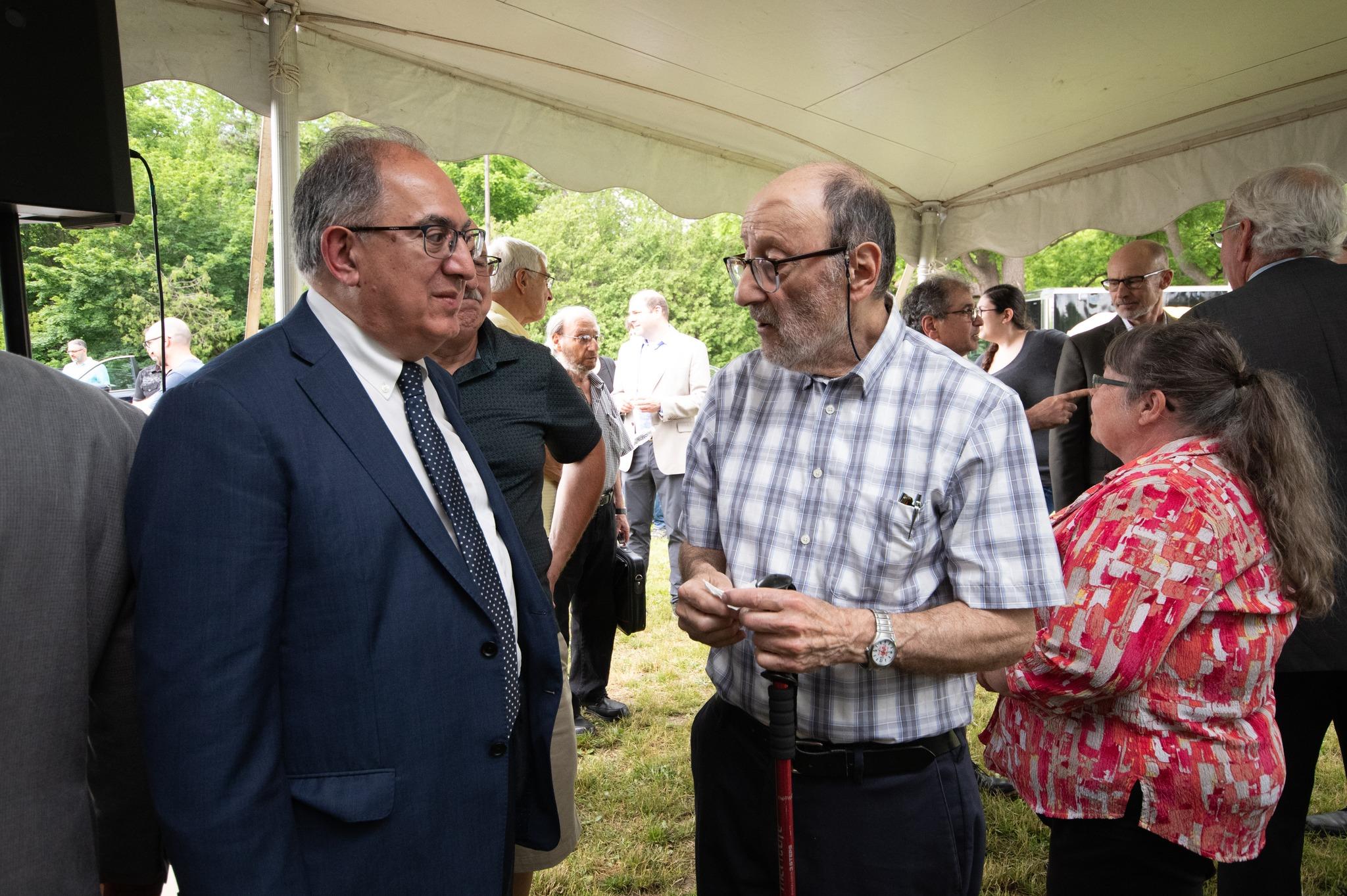
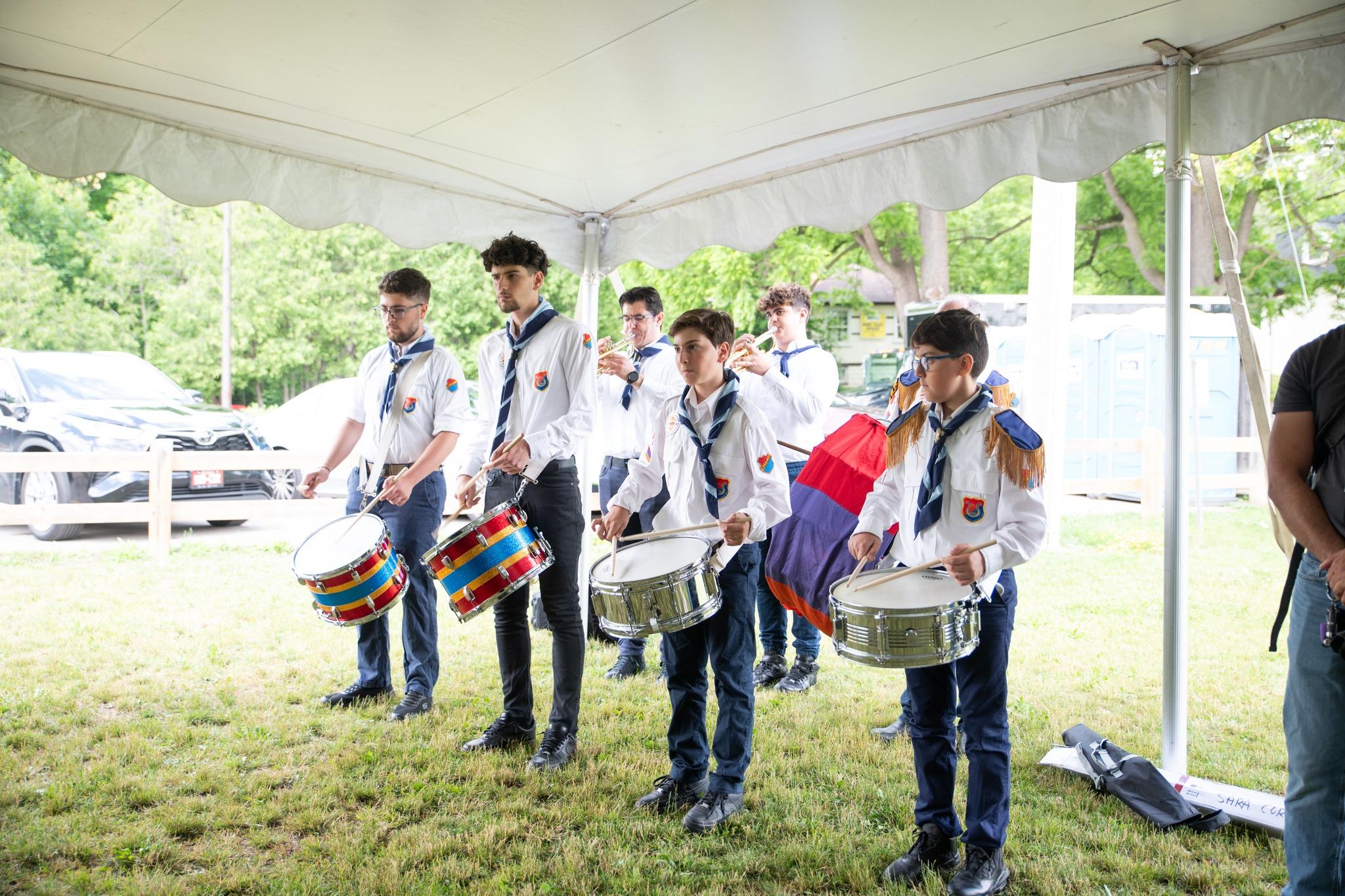
These dignitaries acknowledged the Georgetown Boys’ significance as Canada’s Noble Experiment—a response to the Armenian Genocide that demonstrated compassion and provided a fresh start for the orphaned children. The Ottoman Empire’s genocidal campaign, which began in 1915, resulted in the deaths of 1.5 million Armenians and left half a million homeless.
“Here in Canada, news of the genocide was commonplace. Armenians wrote to each other, looking for relatives, hoping to rebuild their families. Non-Armenians opened the Globe, the Toronto Star, and other newspapers and read about the suffering of a far-away people,” read a part of the press release published by the Sara Corning Centre. Canadians were deeply moved by the news and responded with substantial donations, eventually raising $17 million in today’s currency.
Inspired by their empathy, a group of individuals initiated a project to bring child survivors of the genocide to Canada. With the approval of Prime Minister Mackenzie King and the Department of Immigration, a small quota was granted to this group. The Armenian Relief Association of Canada and the United Church of Canada provided care and supervision for the children raised at the Georgetown Armenian Boys’ Farm Home, now known as Cedarvale Park, throughout the 1920s. By the 1930s, the Boys had dispersed to farms across southern Ontario, contributing to the cultural fabric of their adopted homeland.
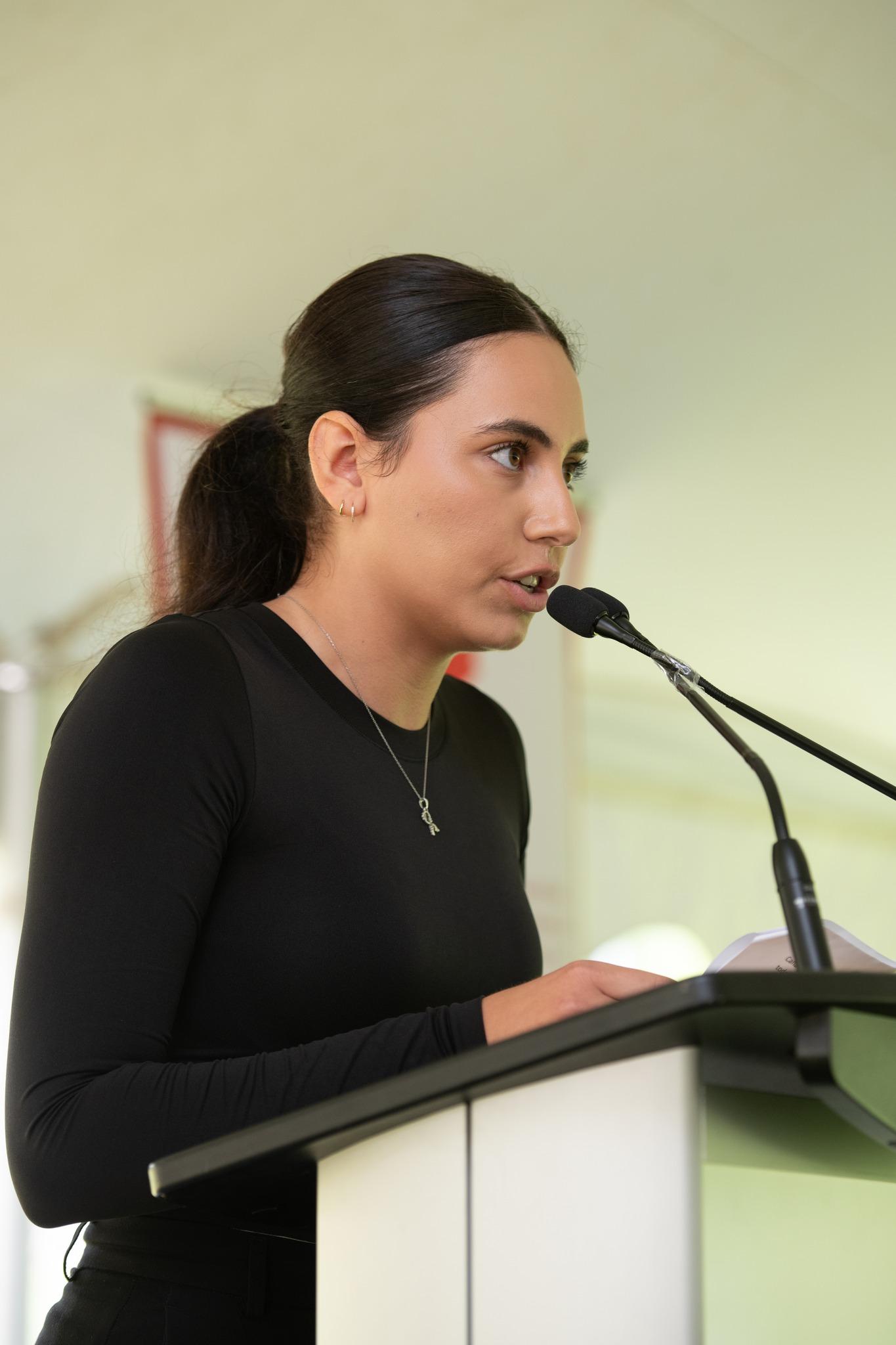
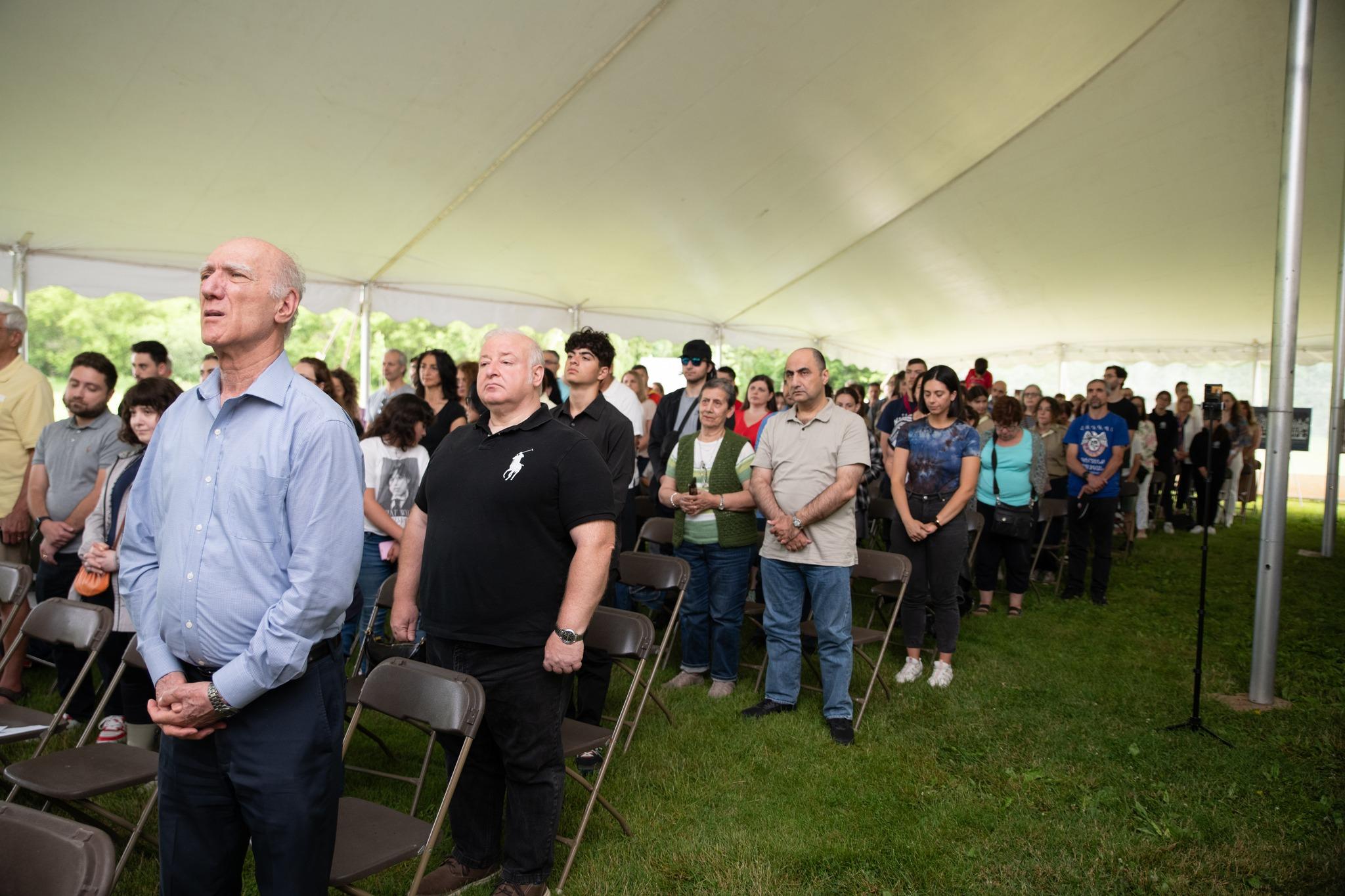
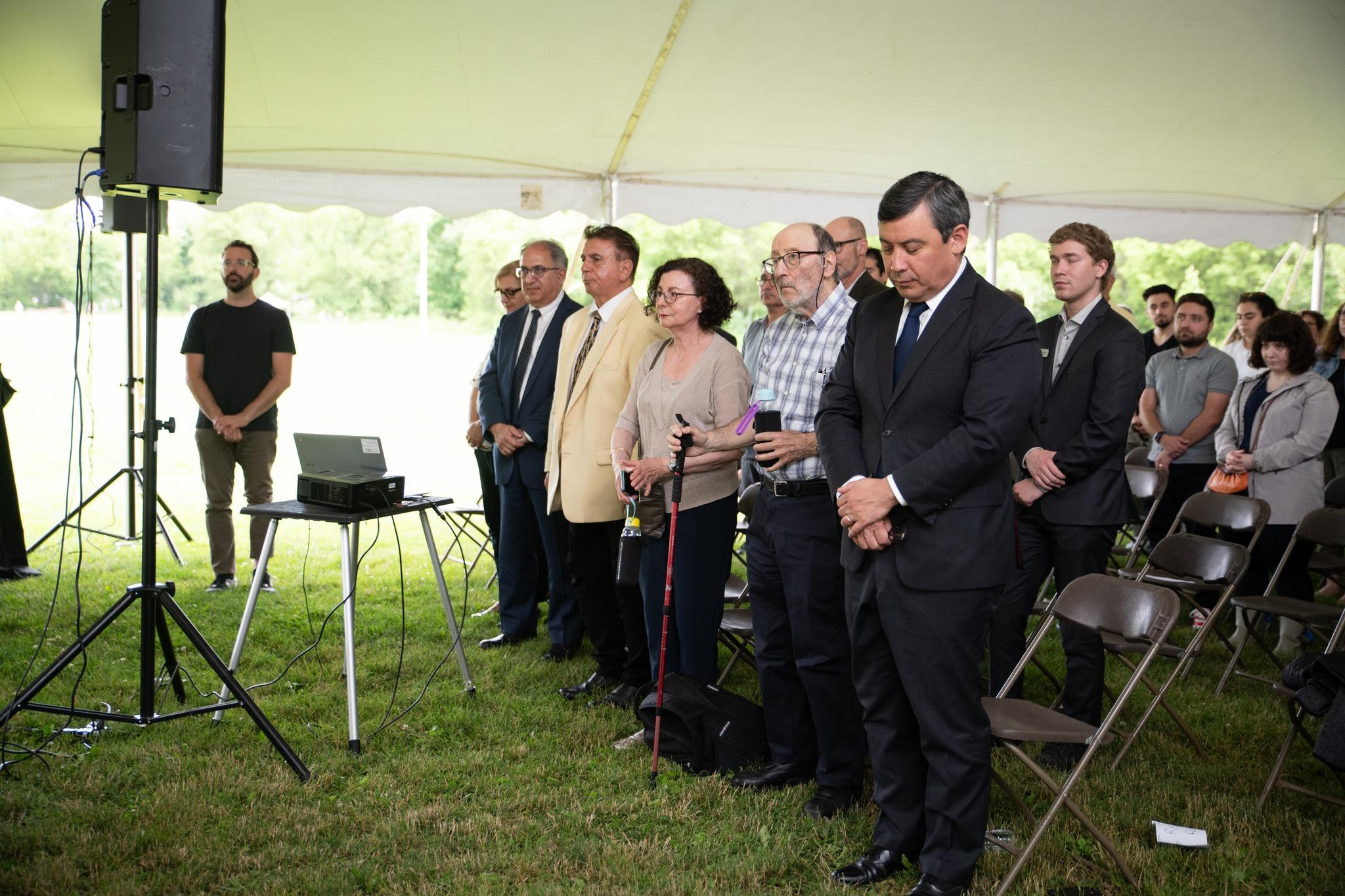
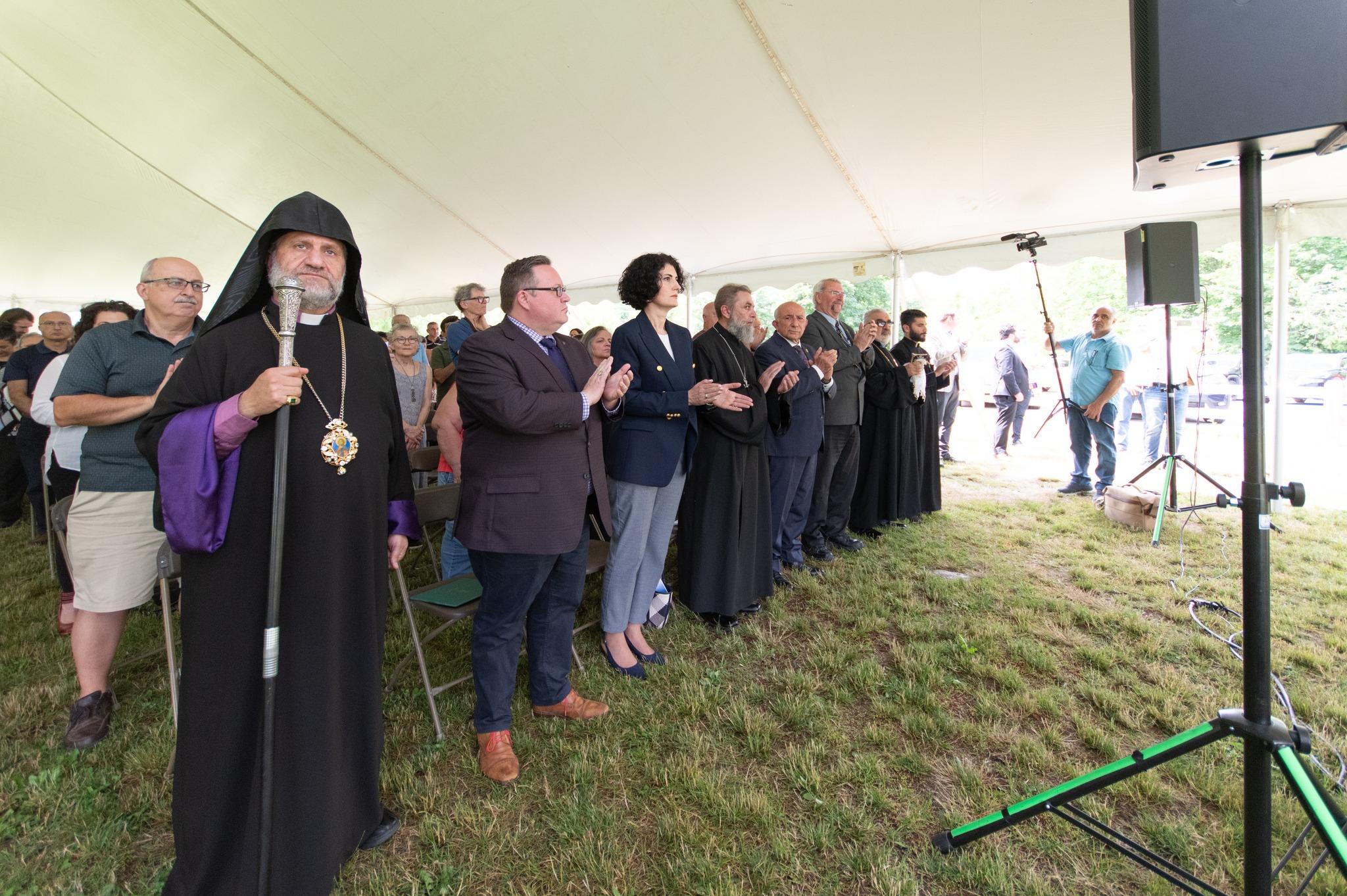
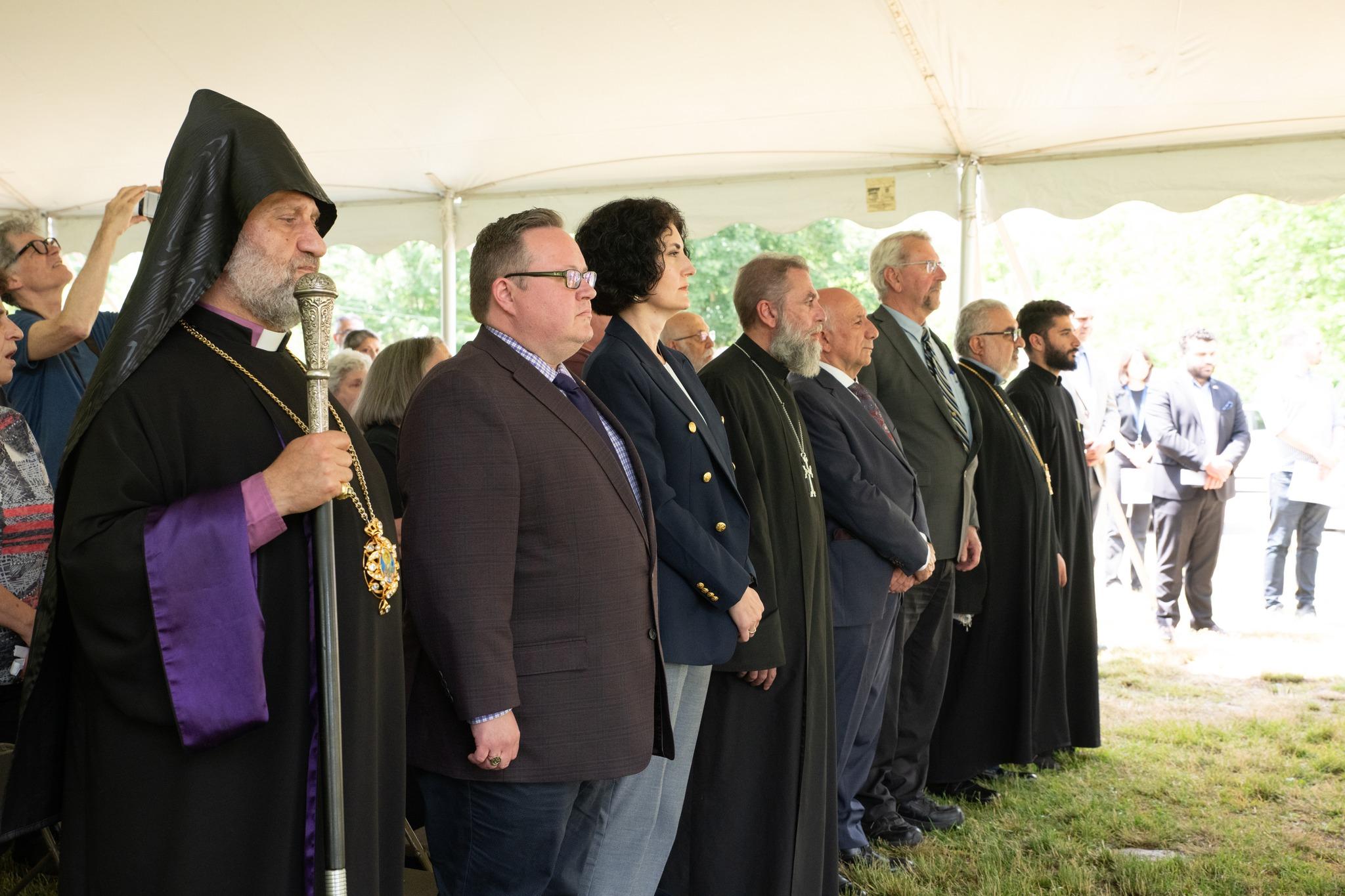
The event also provided an opportunity for attendees to hear the reflections of three descendants of the Georgetown Boys. Tom Toros Jackson, son of Missak Toumajian, who settled in Hamilton after leaving Georgetown, is now a longstanding Councillor of Ward 6 in his native city. Robert Adourian, son of Pavlos Paul Adourian and nephew of Onnig John Adourian, is an attorney at Devry Smith Frank LLP. Dr. Lorne Shirinian, a poet, writer, and filmmaker, is a descendant of Mampre Shirinian, Mariam Mazmanian-Shirinian, and Ardashes Mazmanian. These personal accounts added depth to the legacy of the Georgetown Boys.
Gabriella Batikian, the master of ceremonies and educational program coordinator at the Sara Corning Centre for Genocide Education, highlighted the Boys’ impact on Georgetown’s history and the broader Canadian narrative. The Boys had worked, played, and left their mark on the field where the event took place, just as the Mississaugas of the Credit First Nation had before them. For many attendees, Georgetown holds a special place in their family or communal history, while for historians, it signifies an important chapter in Canadian immigration policy and philanthropy.
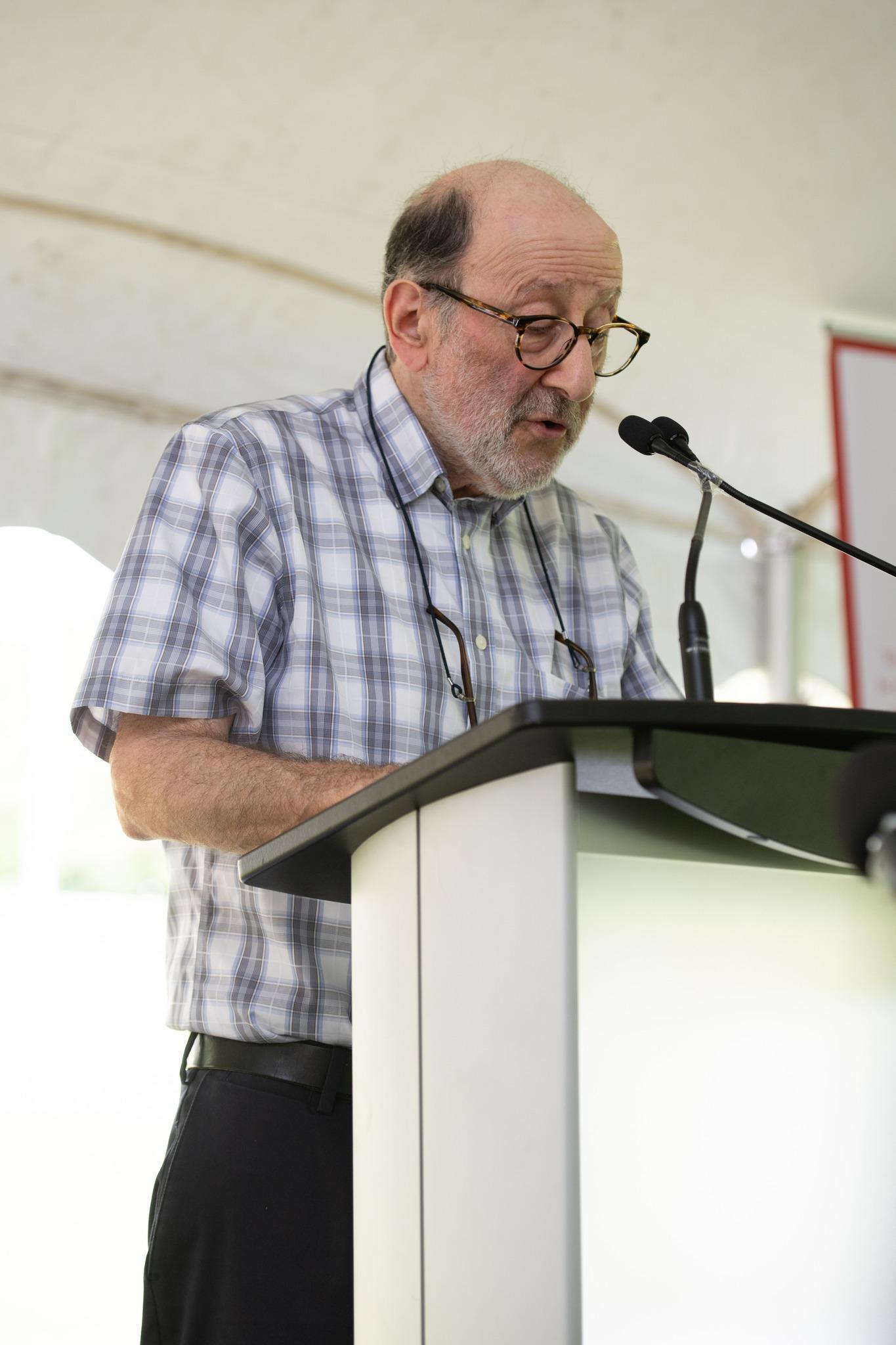
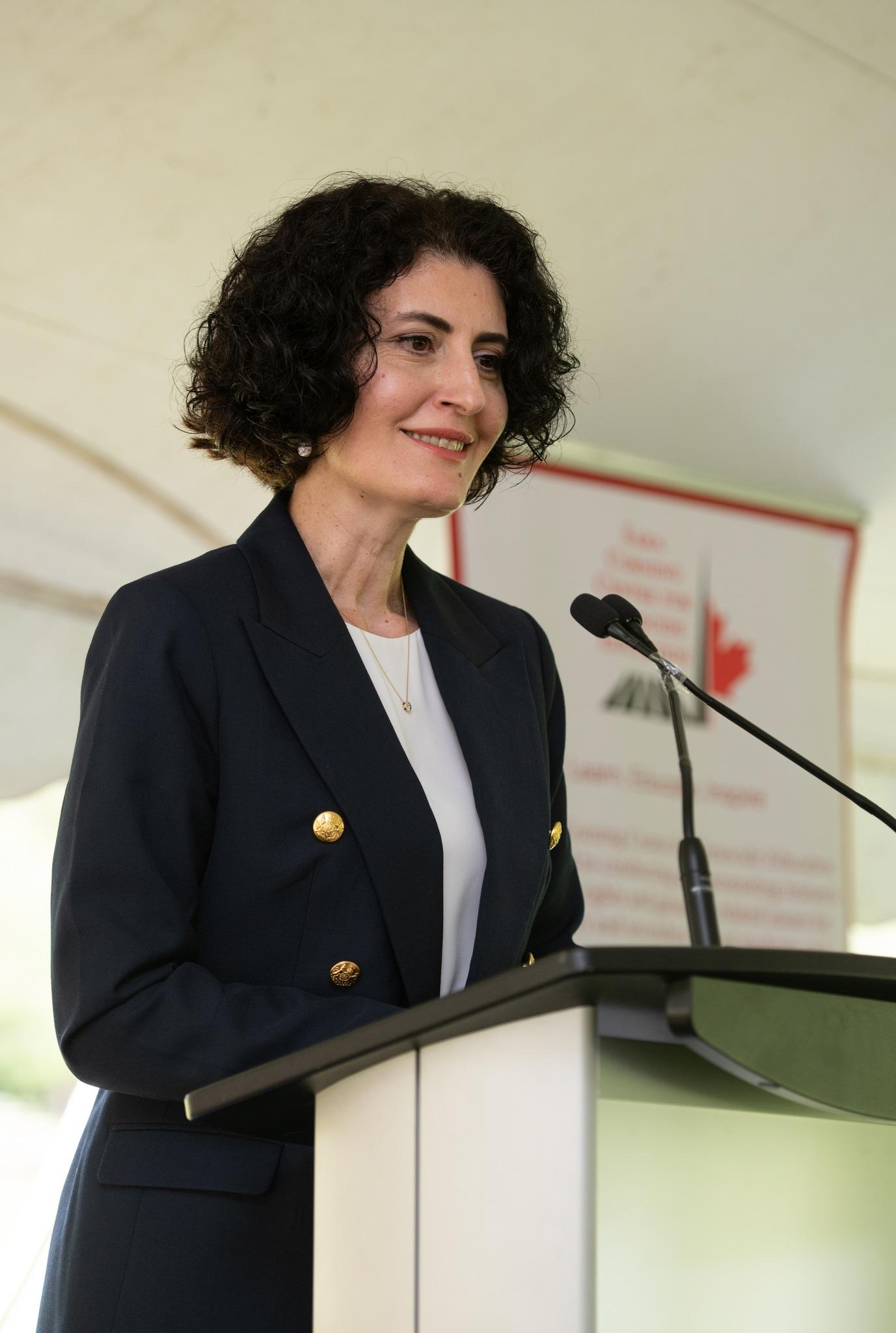
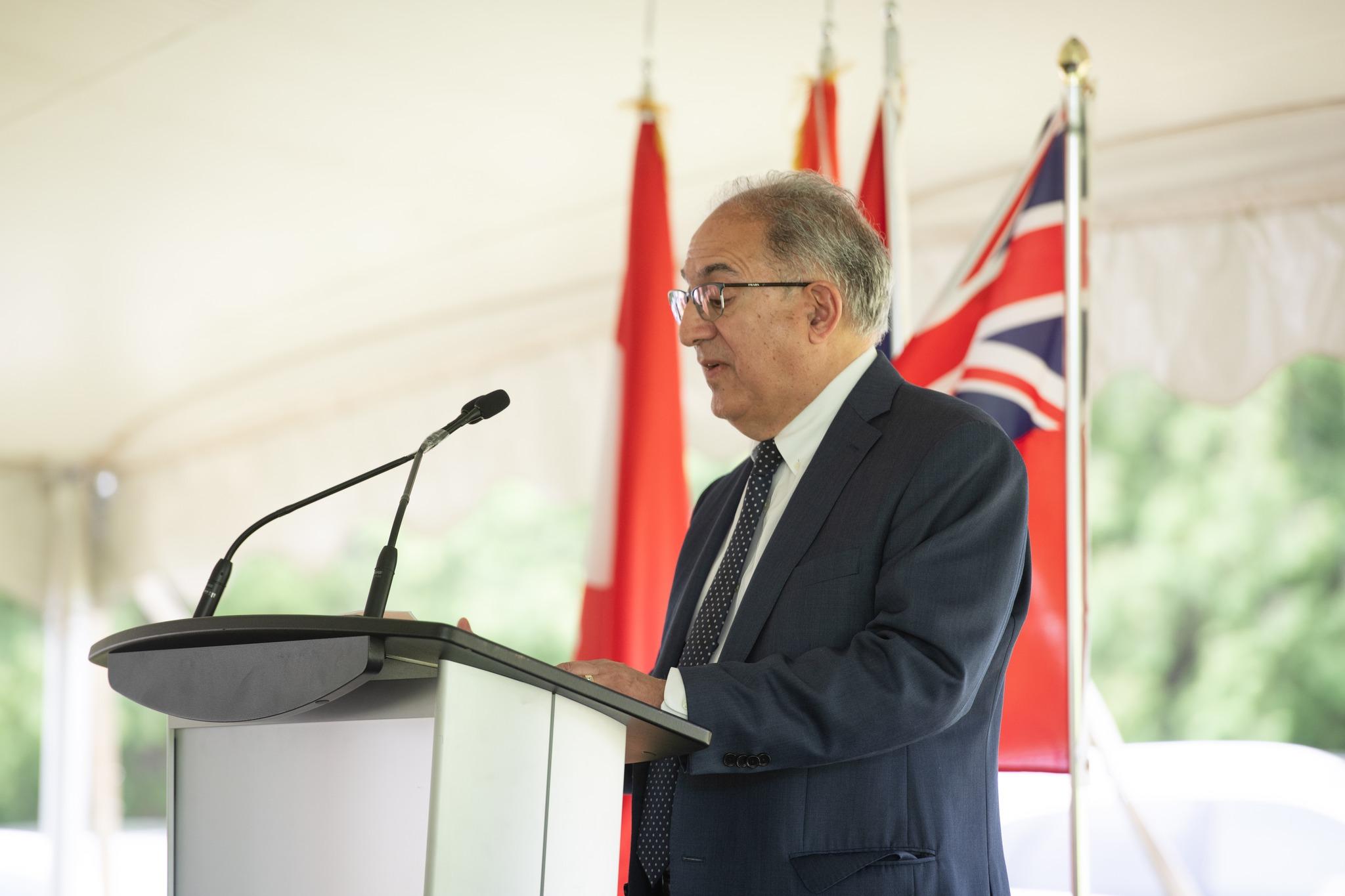
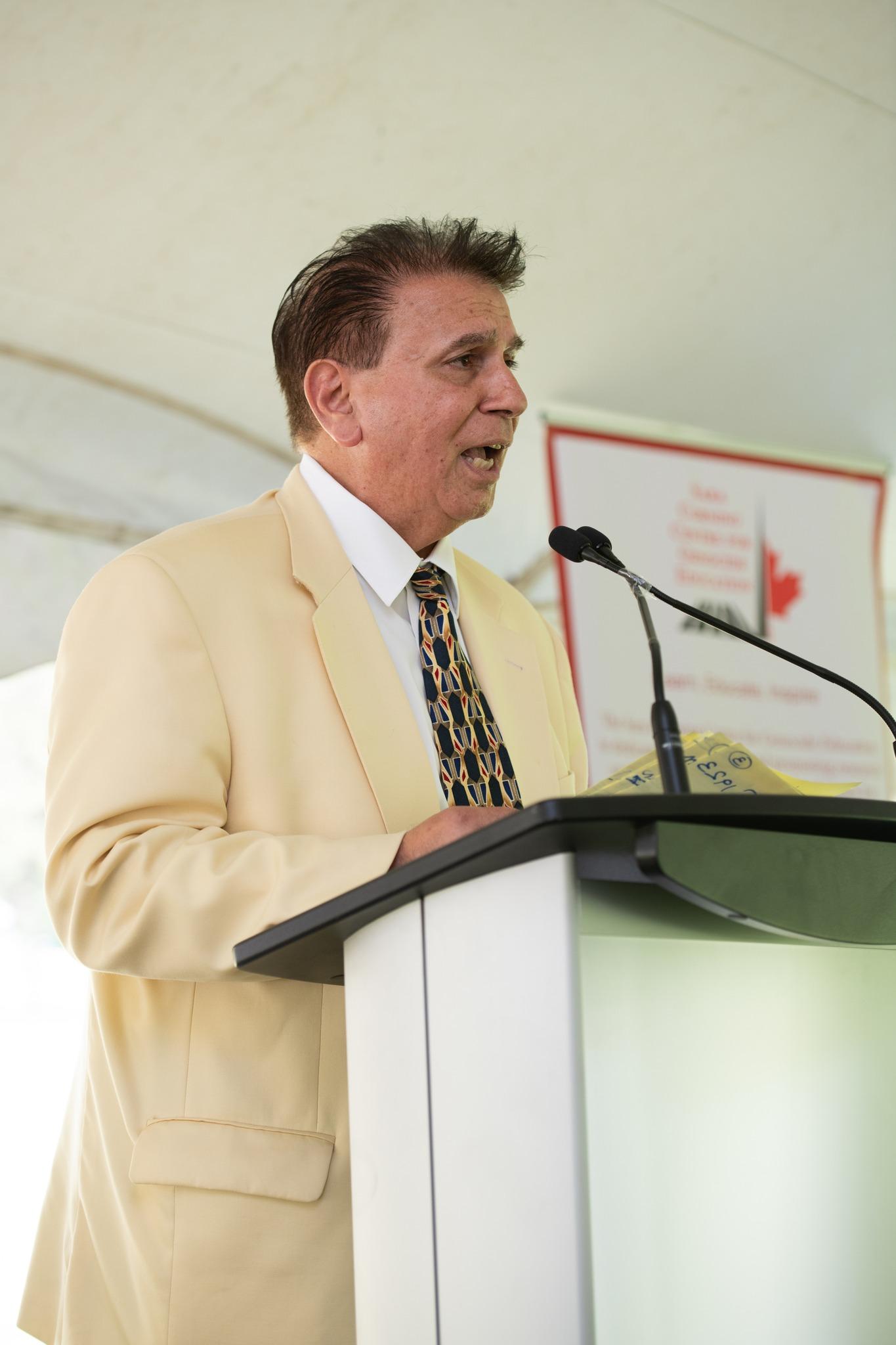
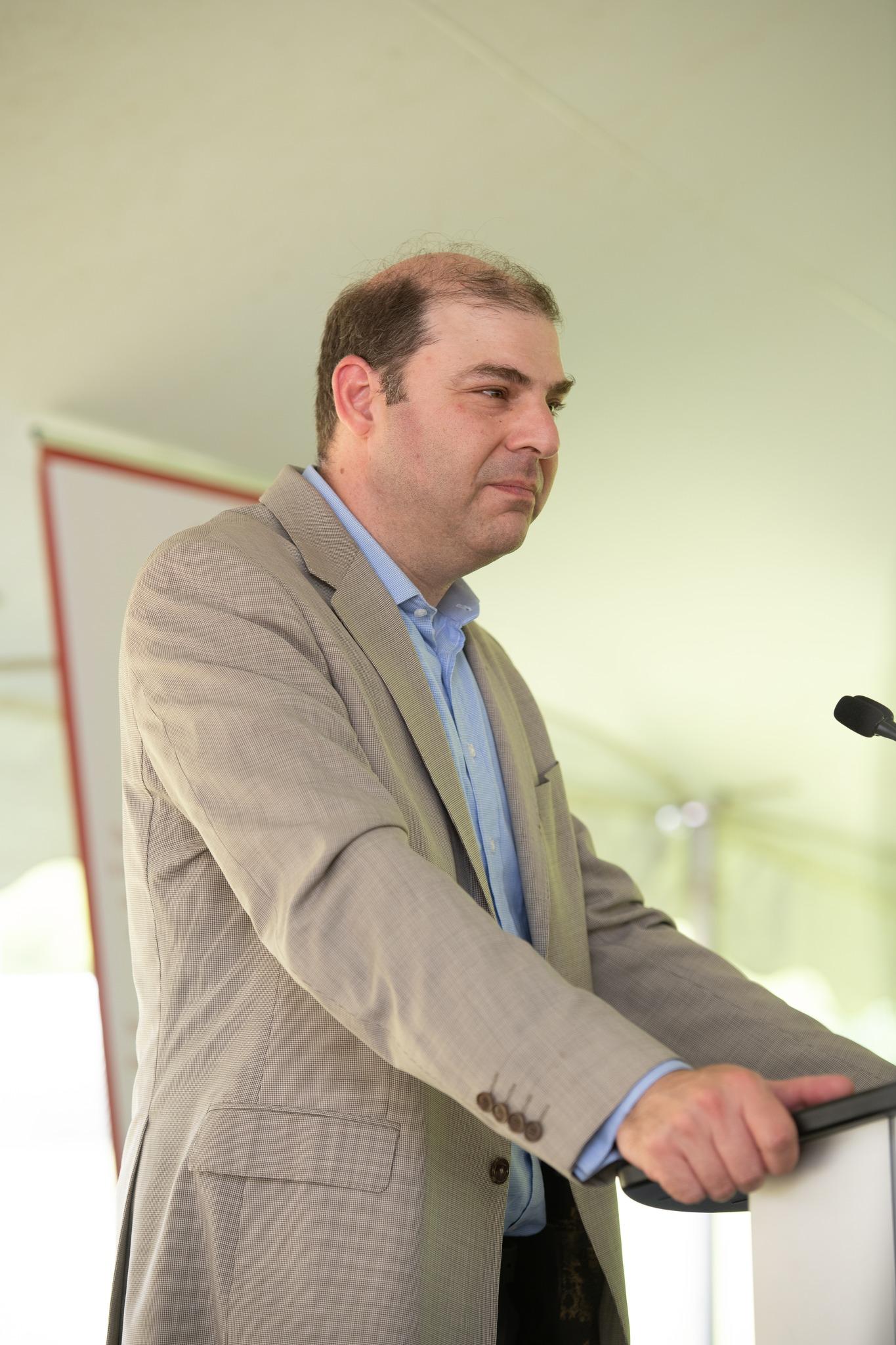
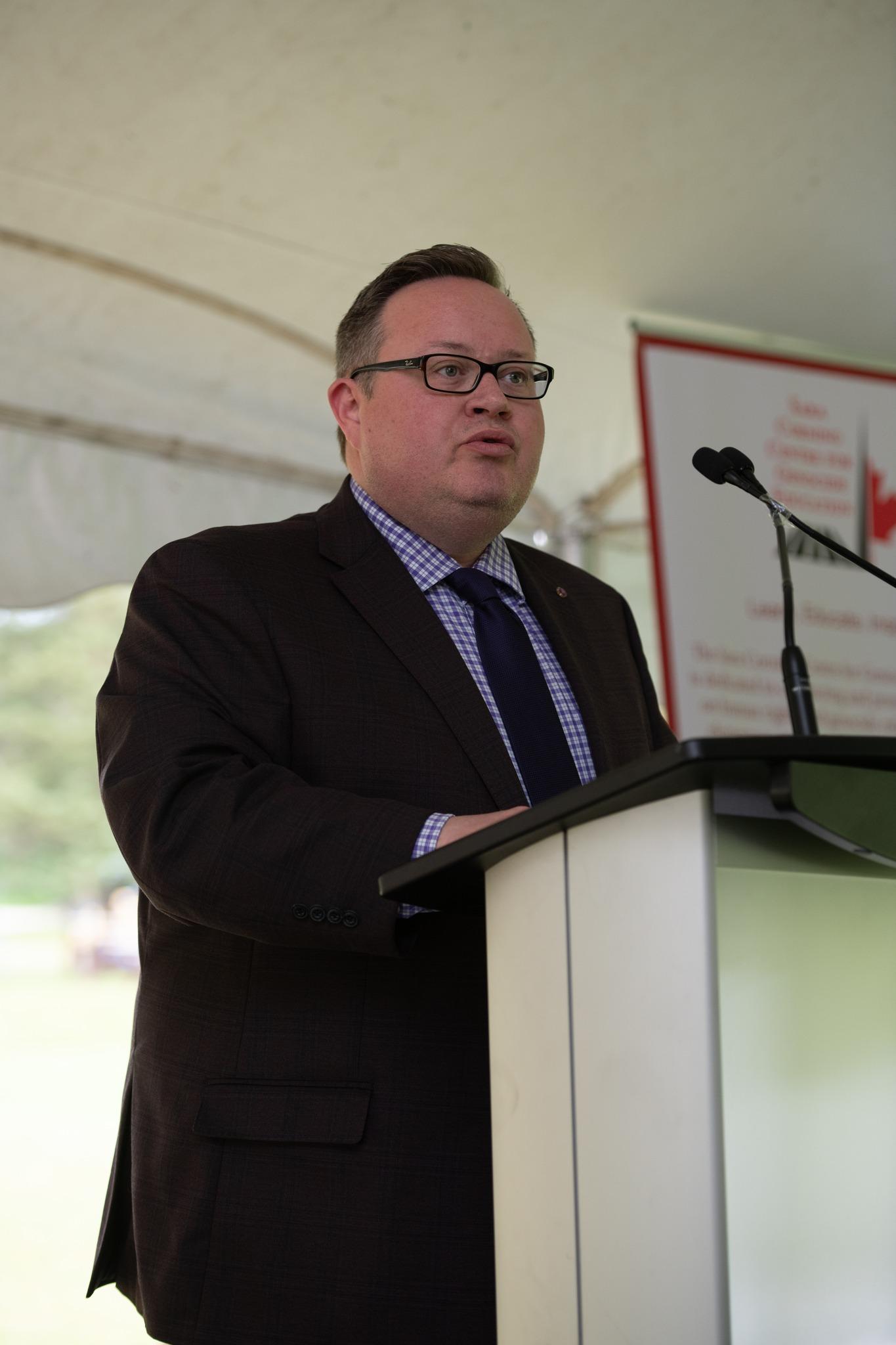
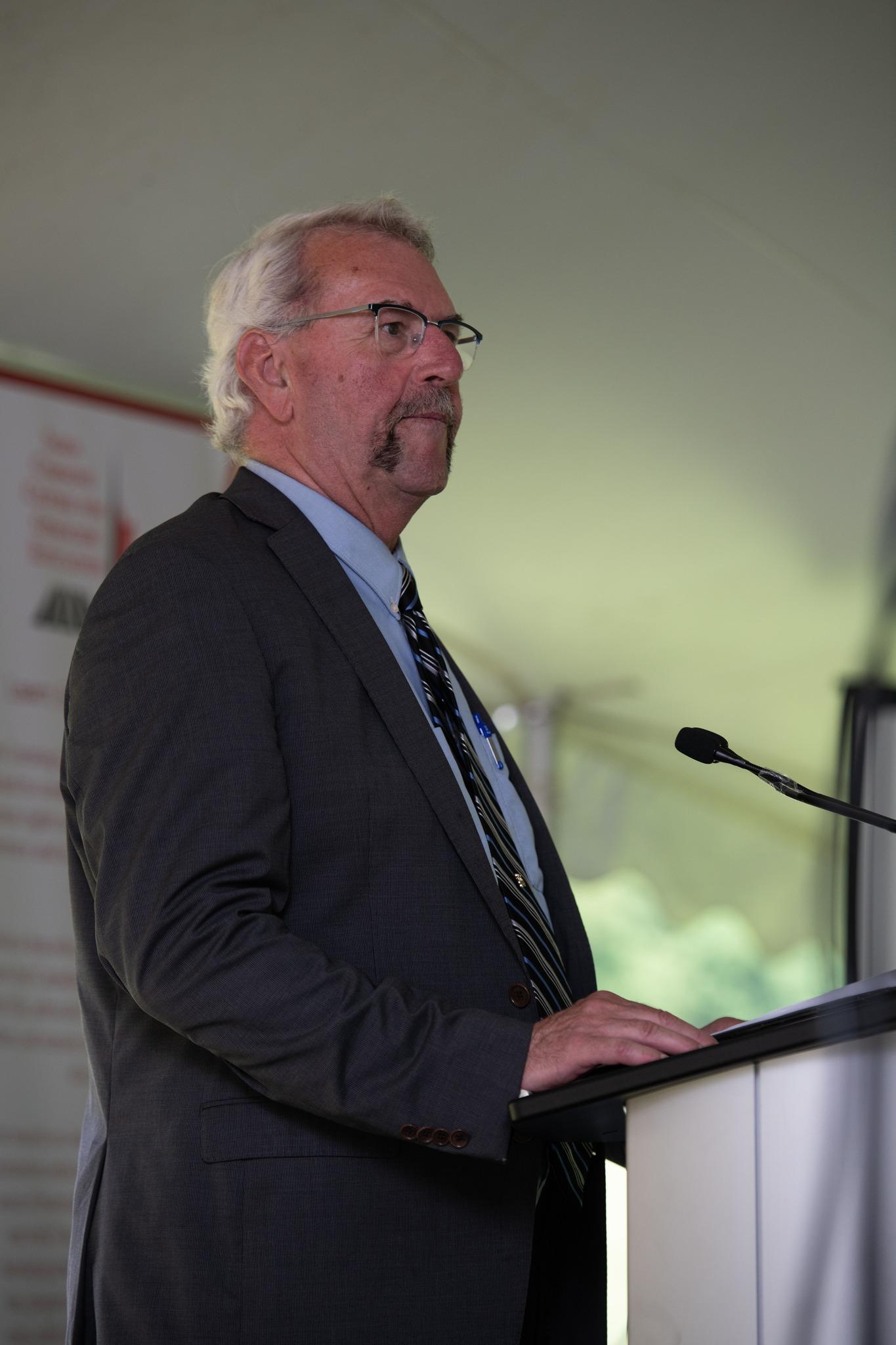
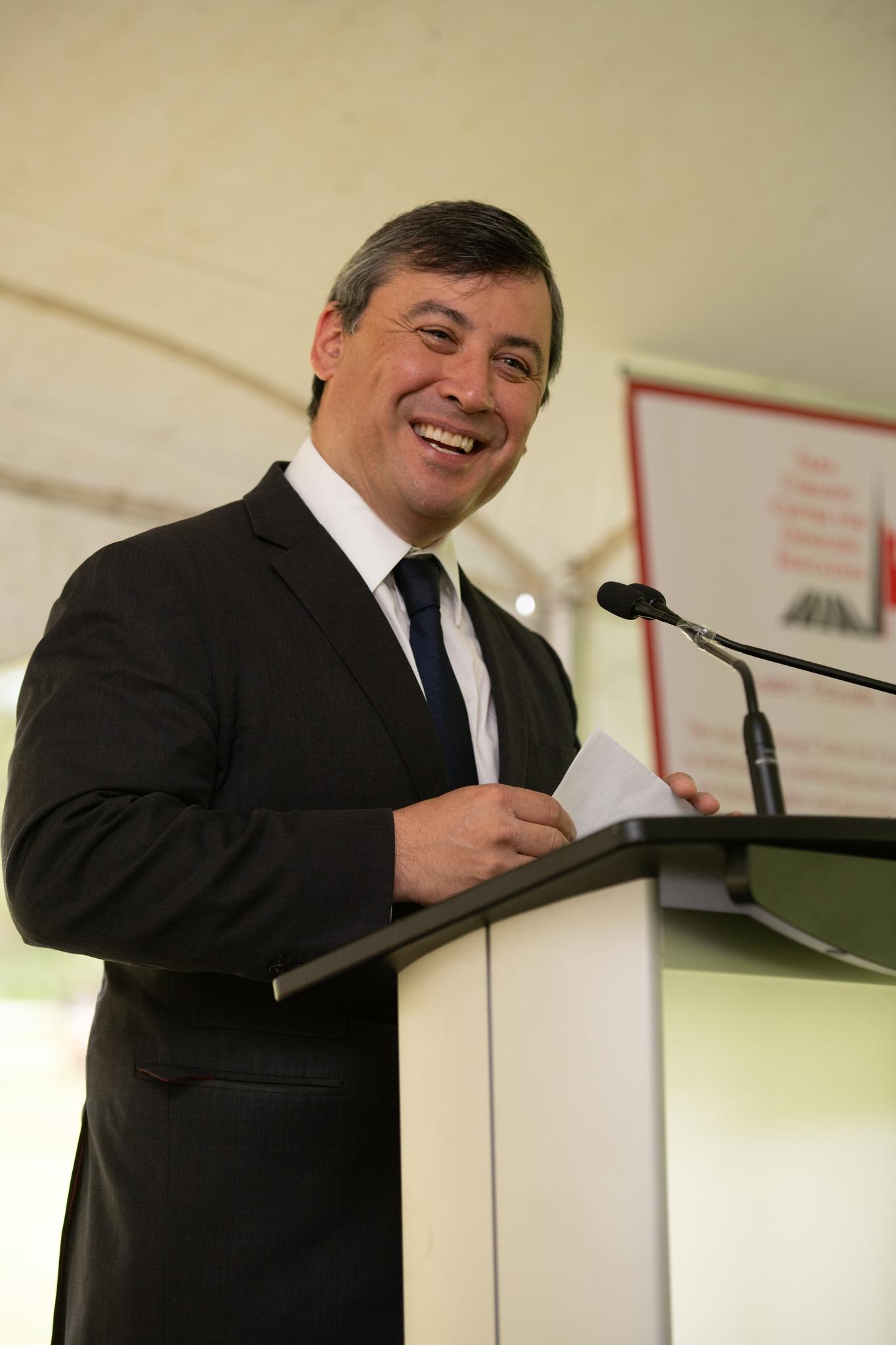
The centennial anniversary event was made possible through the collaboration of various community organizations, spearheaded by the Sara Corning Centre for Genocide Education. Established in 2012, the Corning Centre aims to disseminate research on human rights and genocide to students. In addition to the anniversary celebration, the Centre has been conducting ongoing research and developing initiatives related to the Georgetown Boys. This fall, it plans to publish a volume of the Georgetown Boys’ newsletters, called Ararat, comprising 45 issues totaling over 700 pages filled with drawings, stories, and opinion pieces by the Boys and others. Looking ahead, the Centre aims to commemorate the centennial of the arrival of the first Georgetown Girls in 2026, offering insights into a different facet of Canadian history.
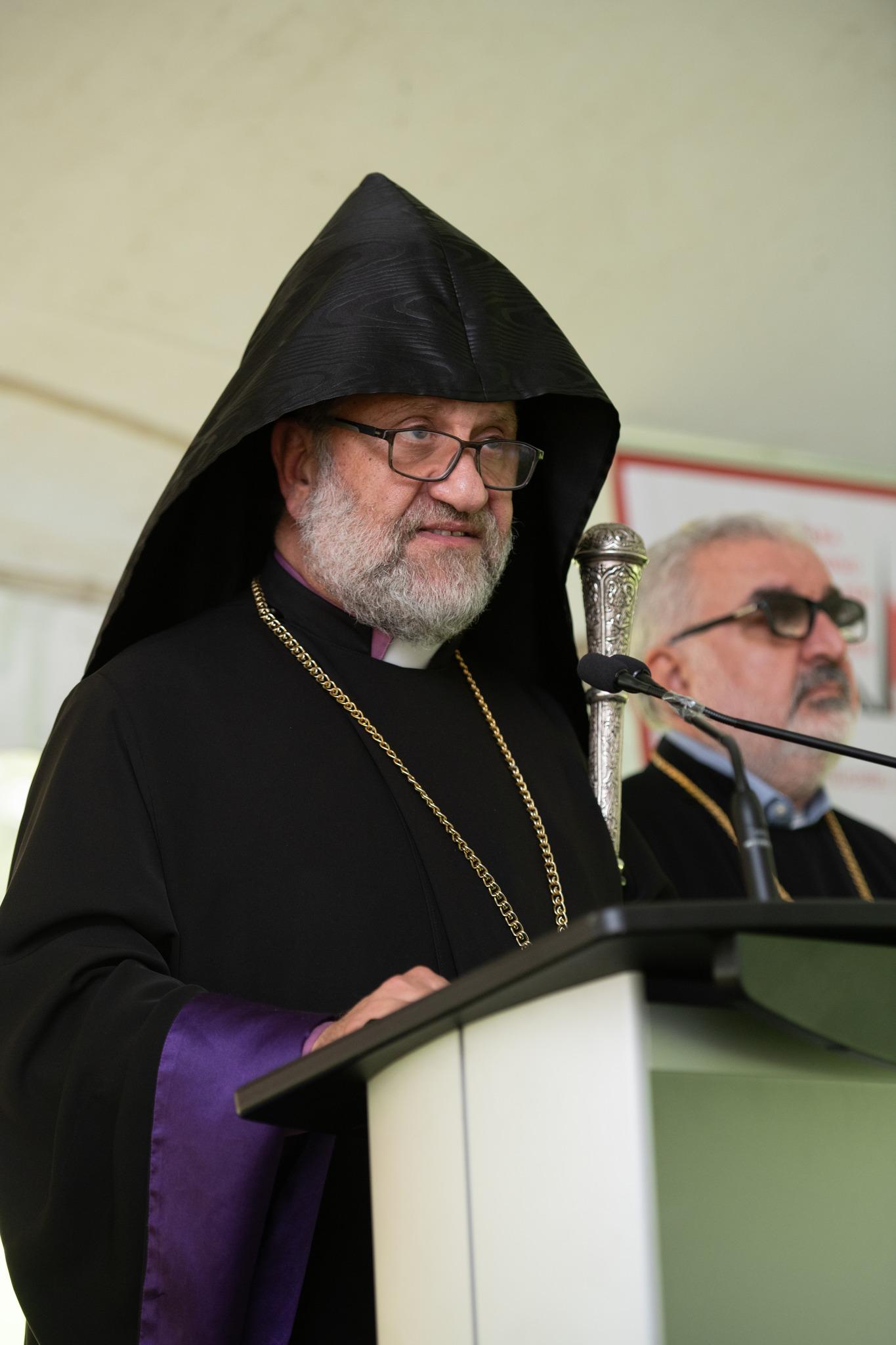
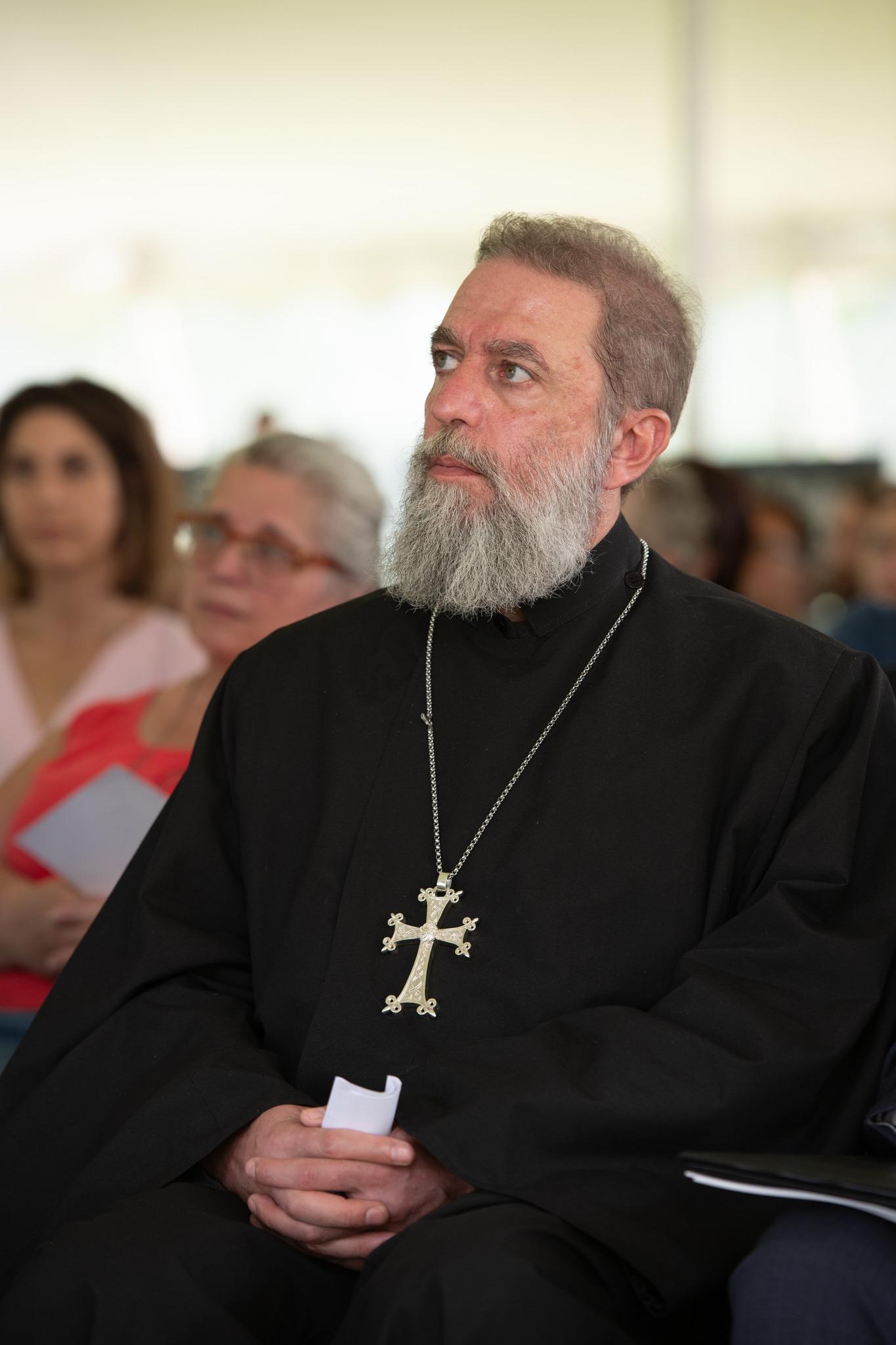
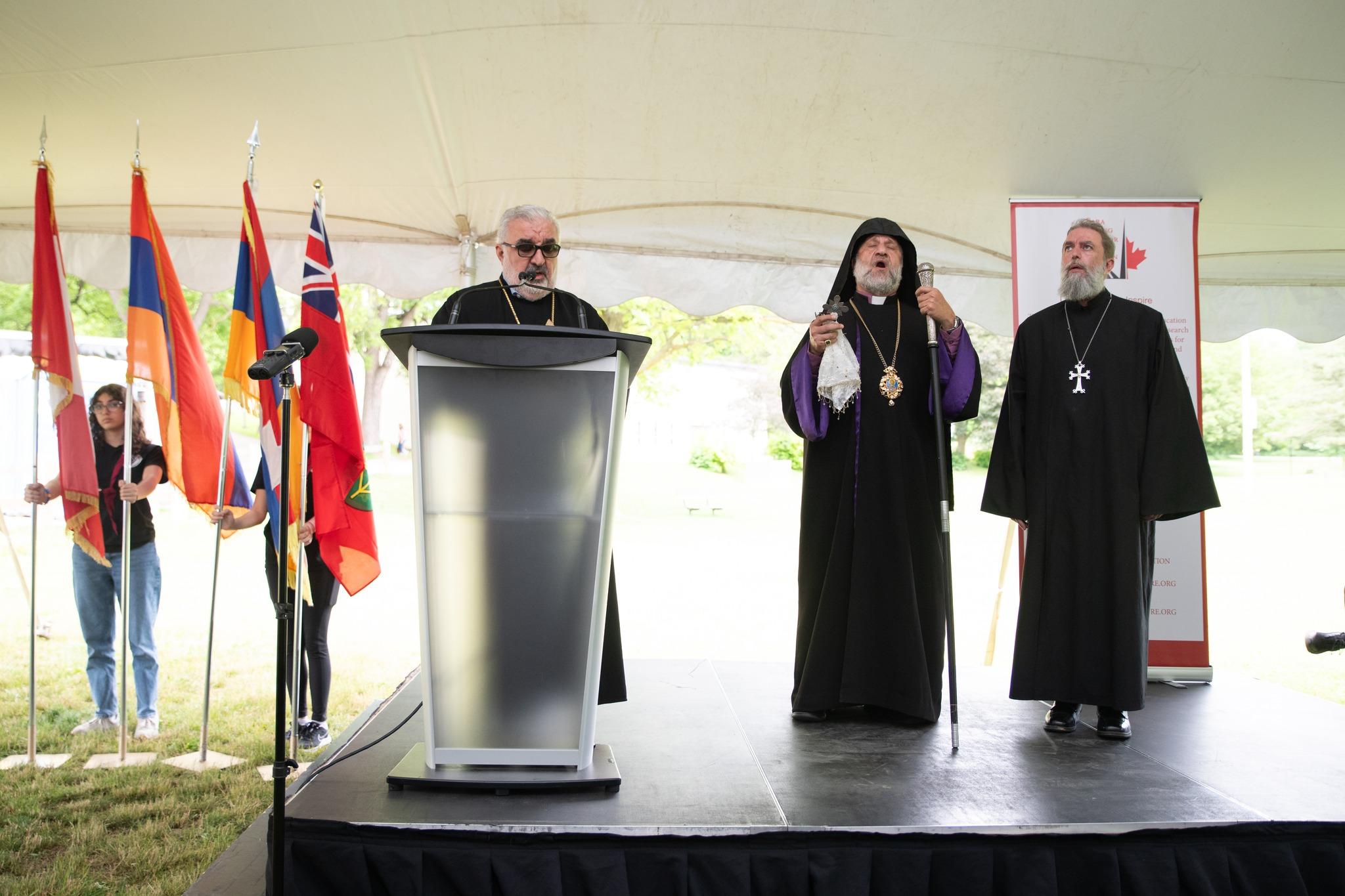
The anniversary celebration of the Georgetown Boys’ arrival served as a poignant reminder of Canada’s humanitarian spirit and the enduring legacy of those who sought refuge and made valuable contributions to their new home. The event brought together the Armenian Canadian community, local residents, and government representatives in a collective tribute to resilience, compassion, and the power of unity.

